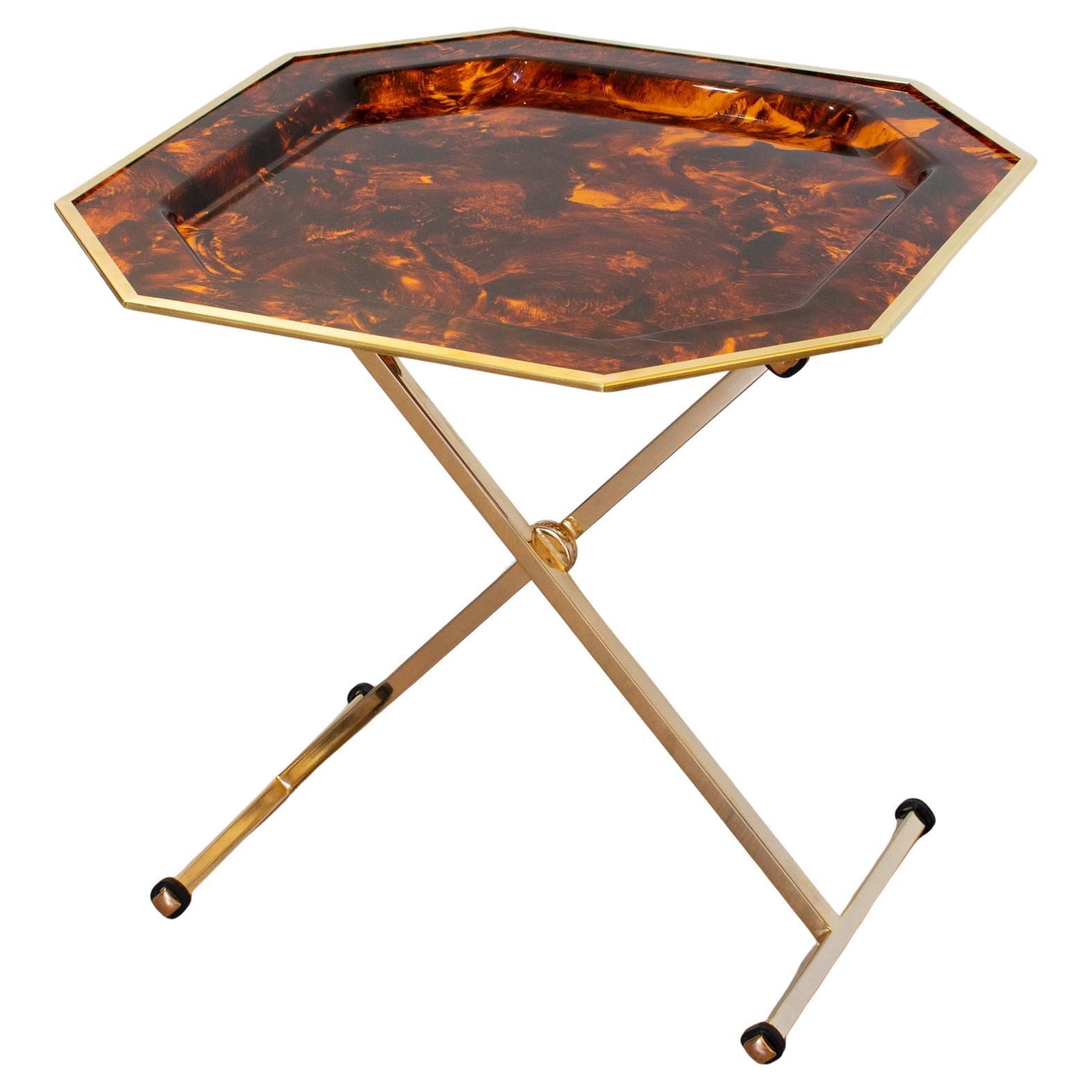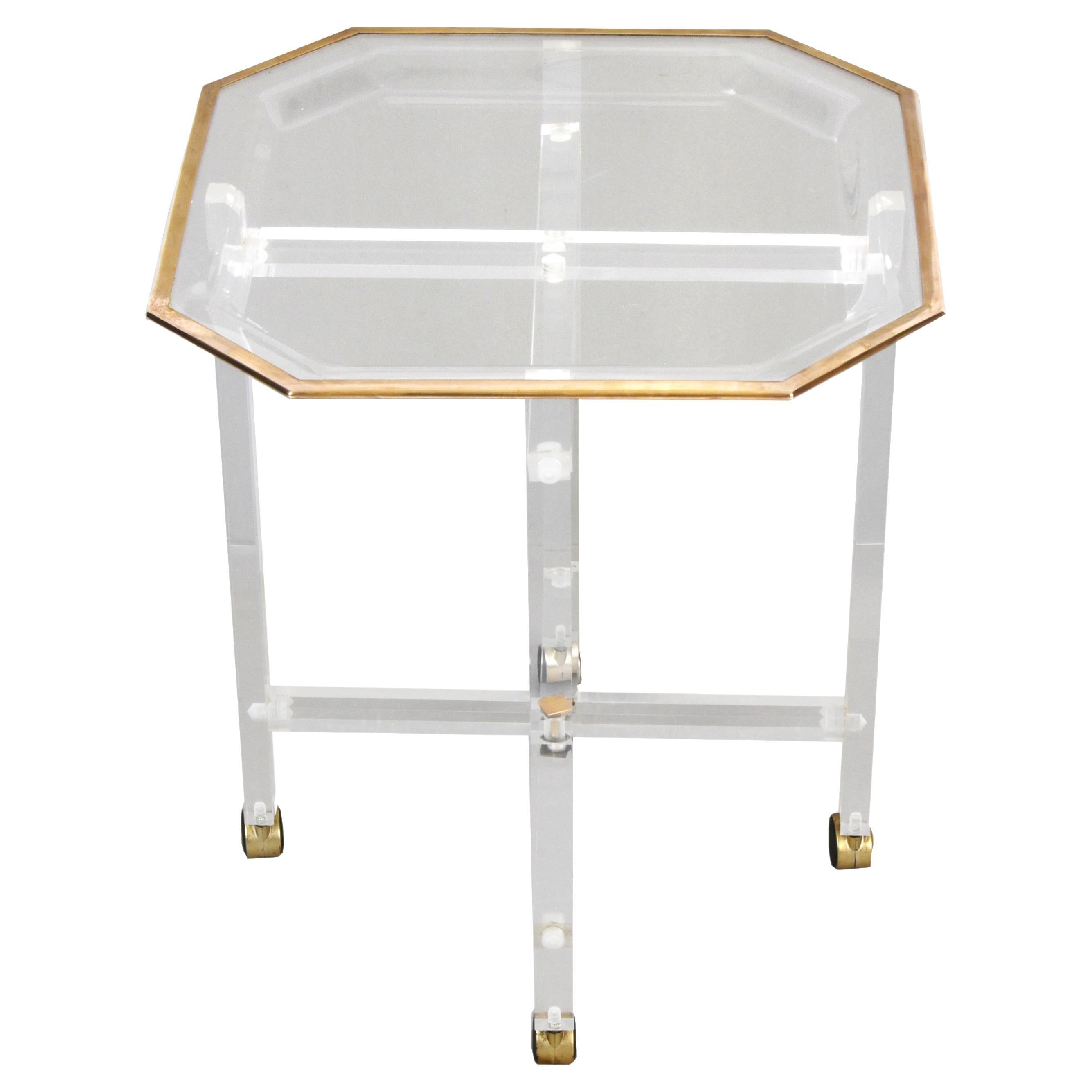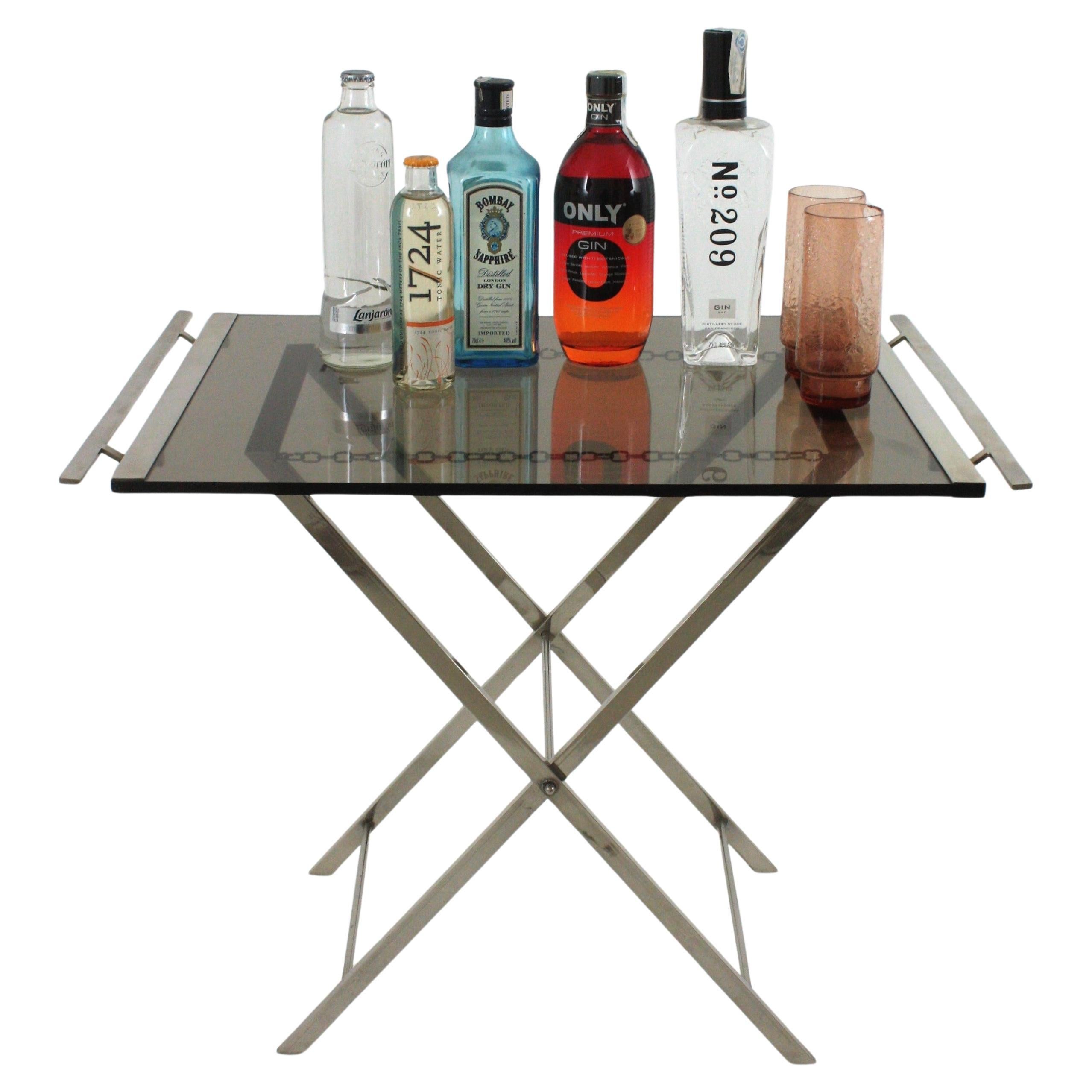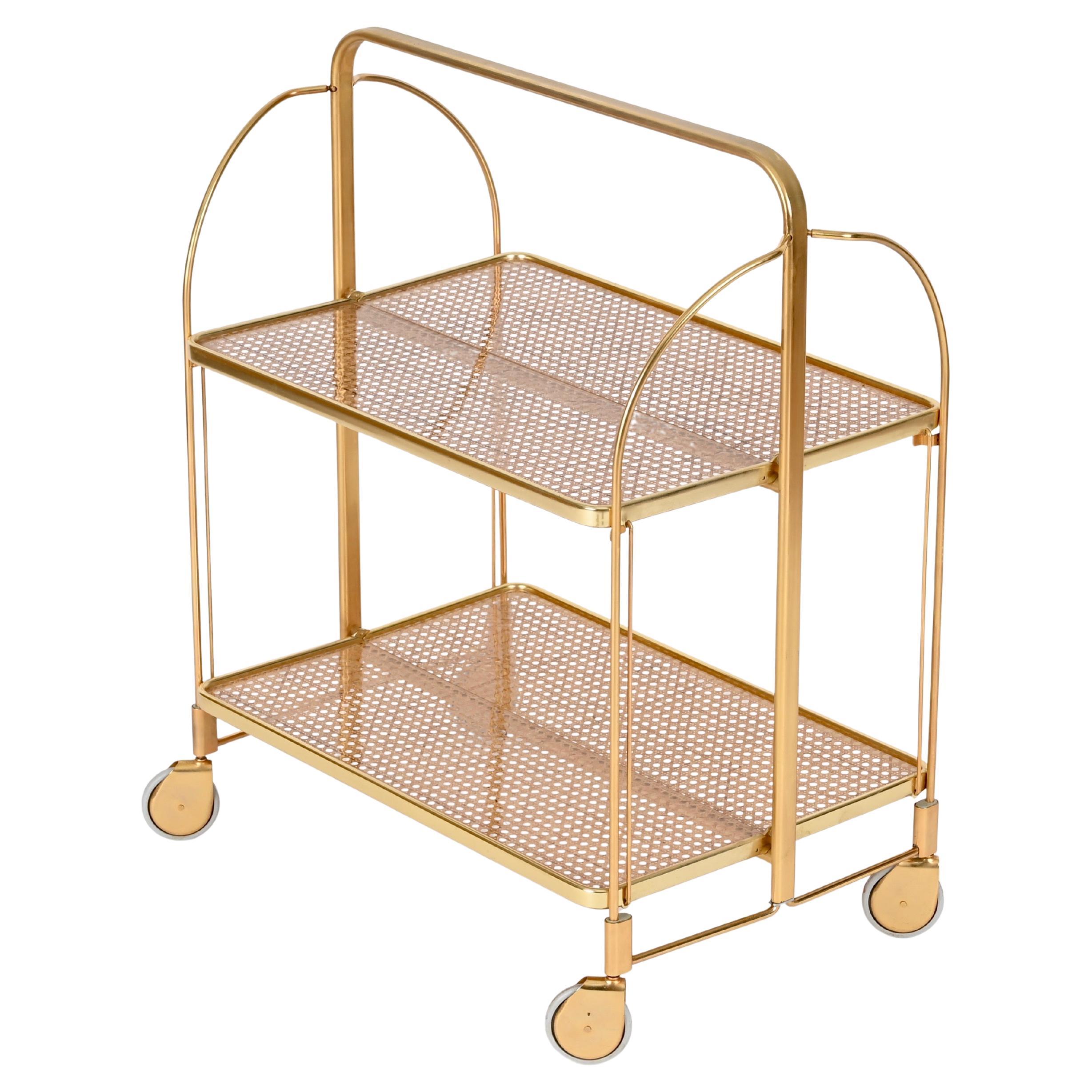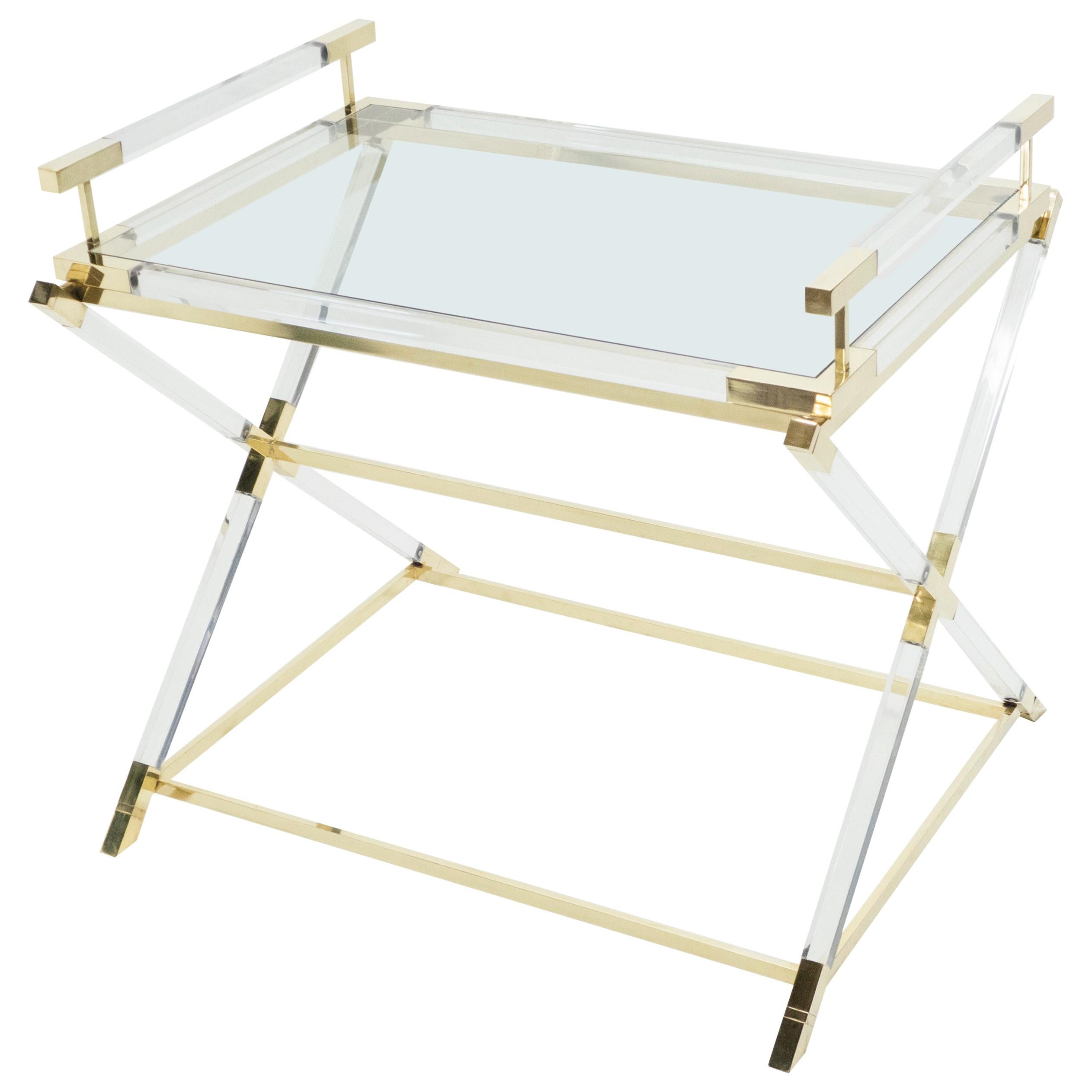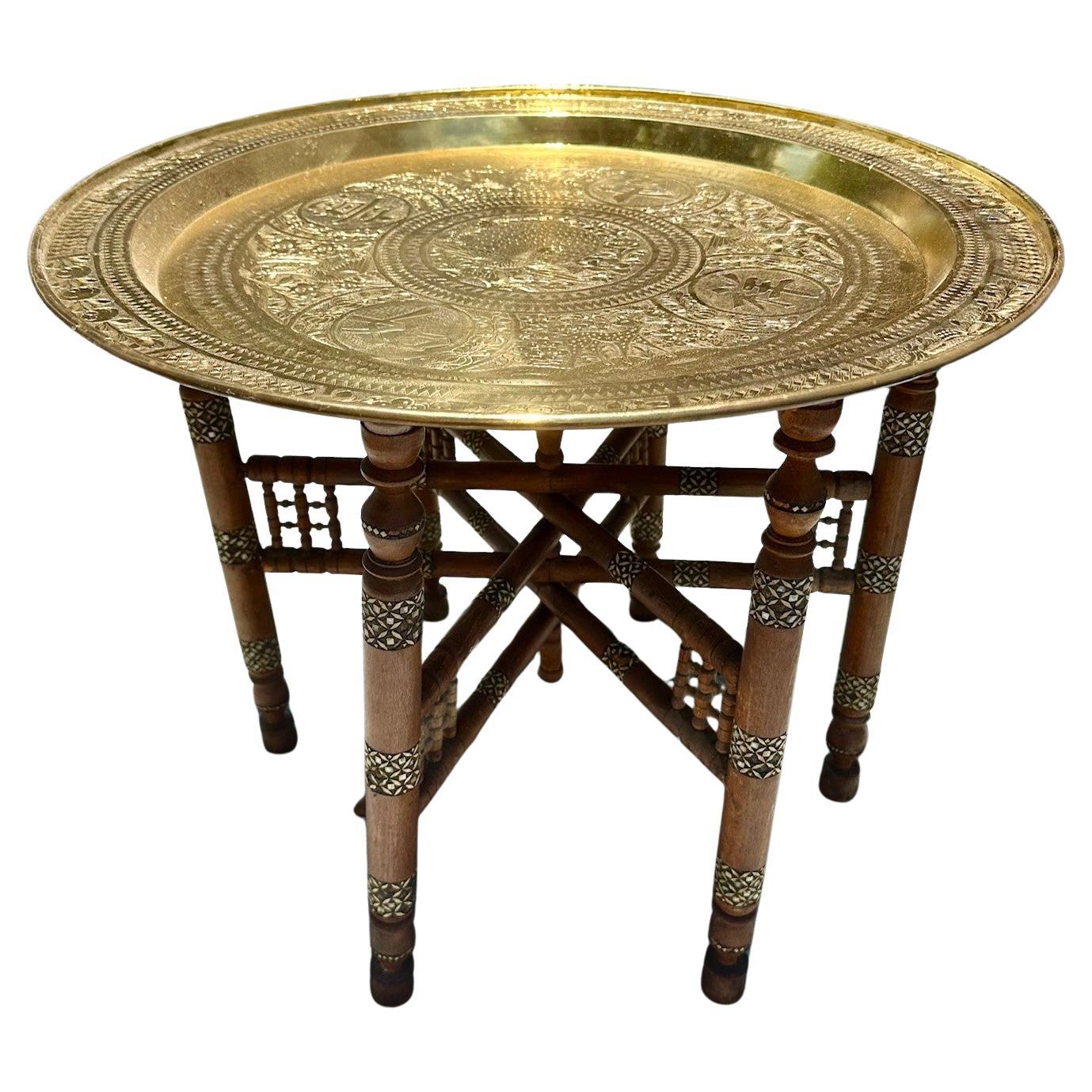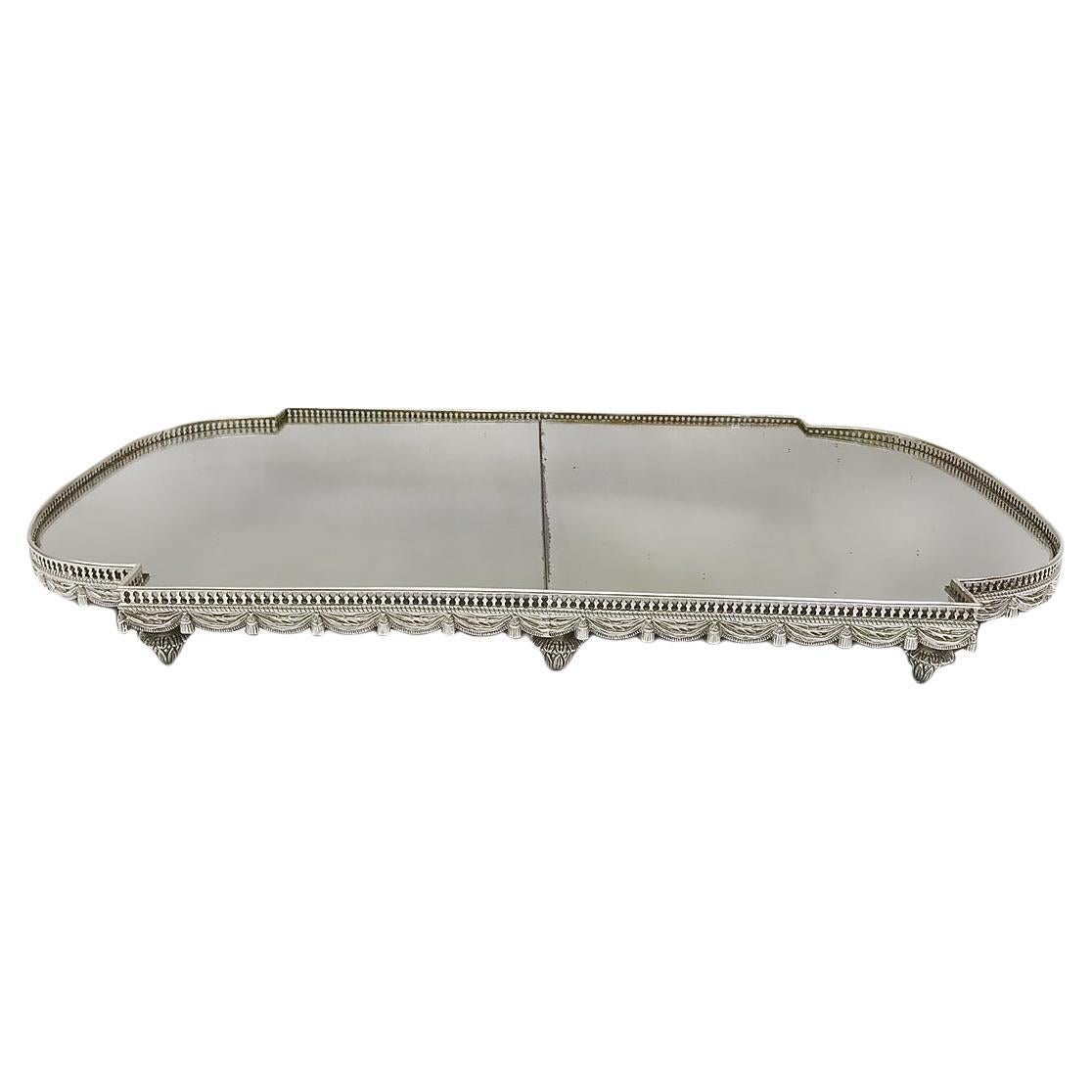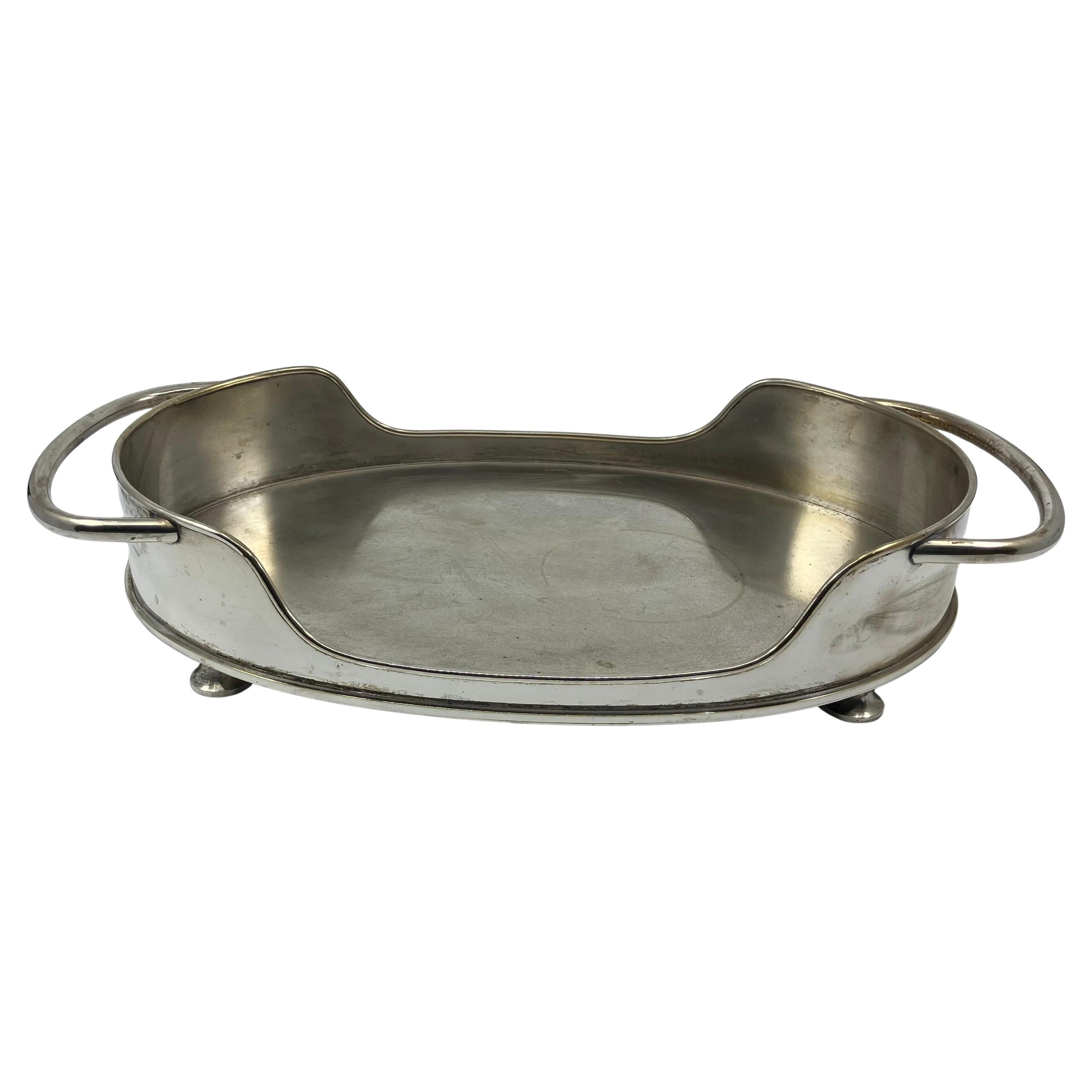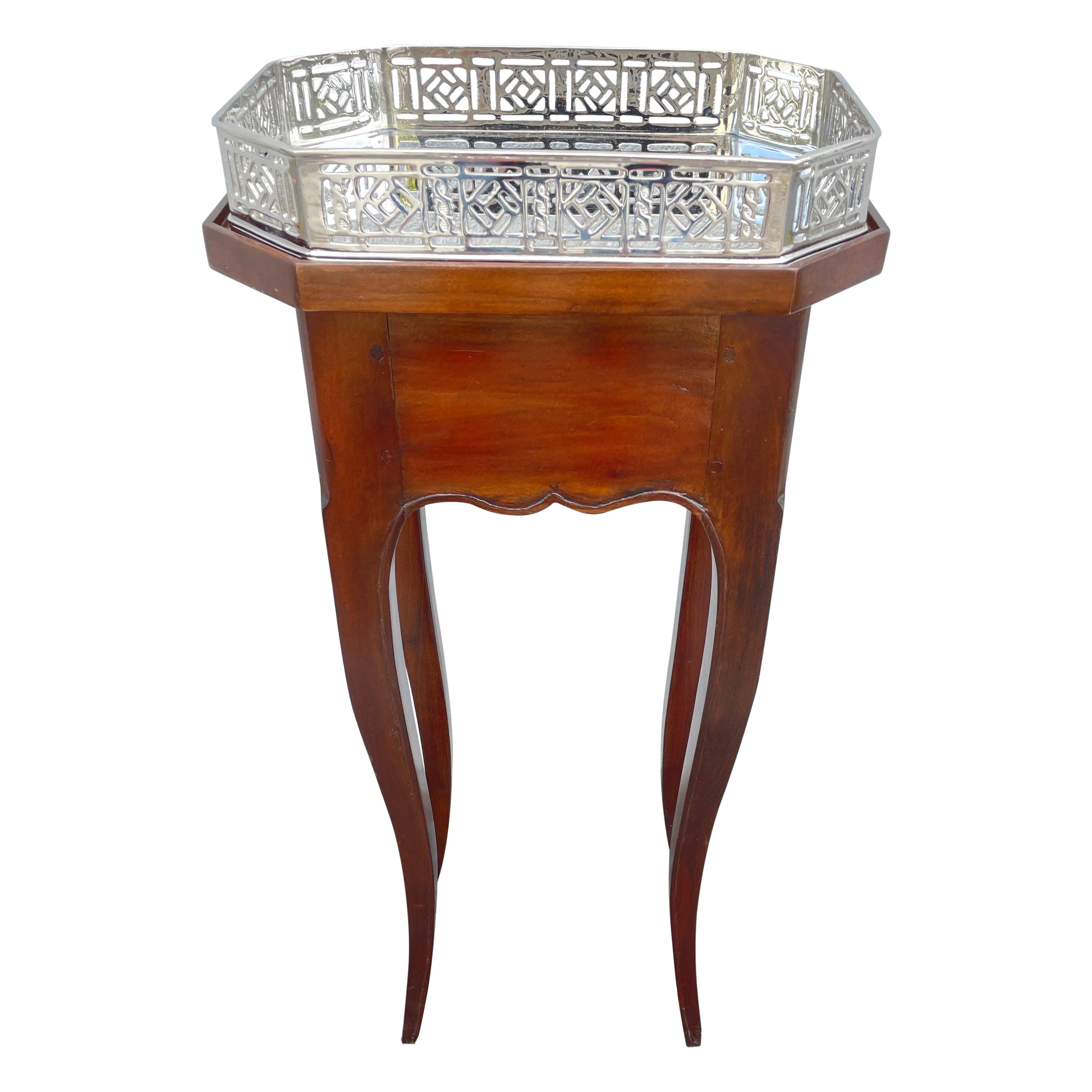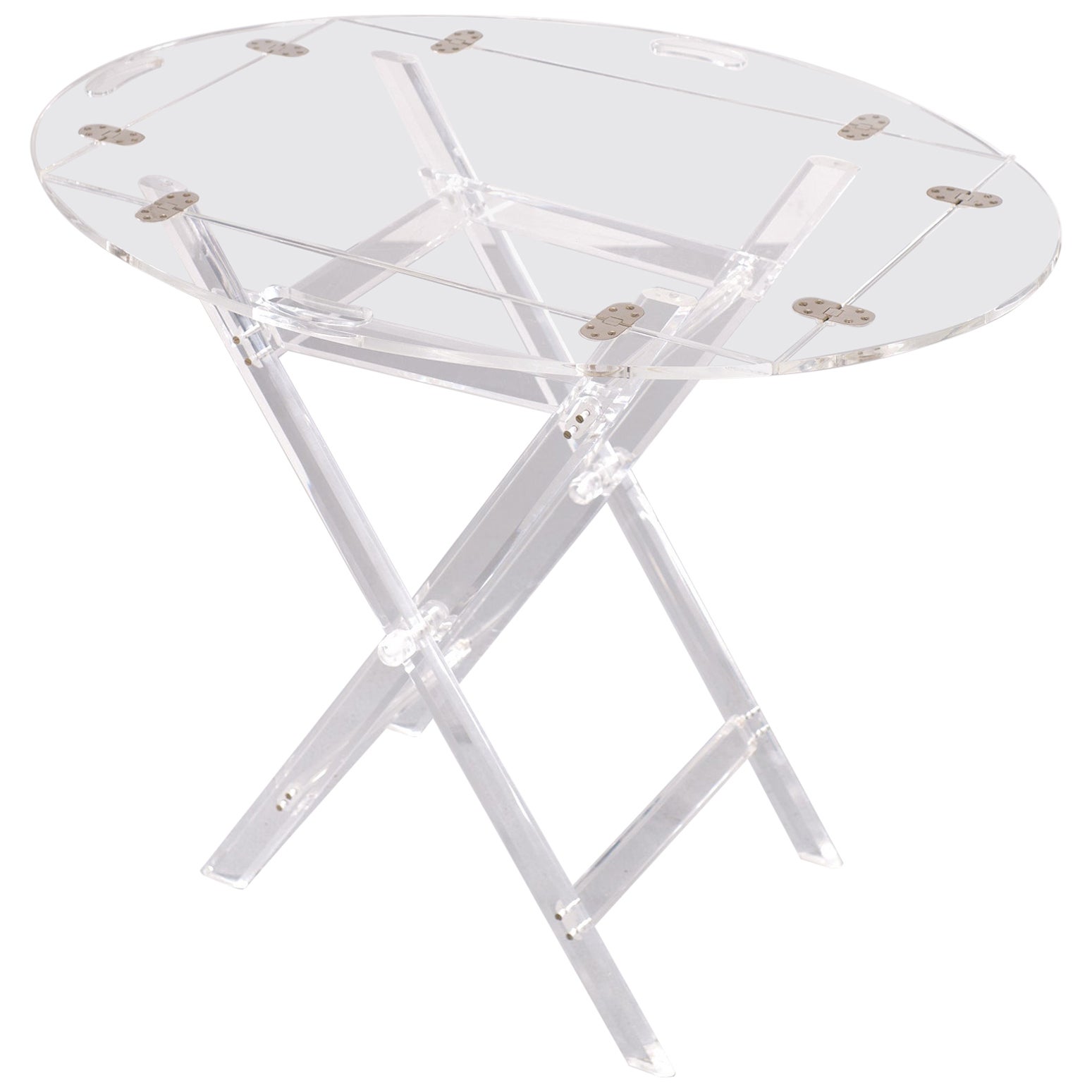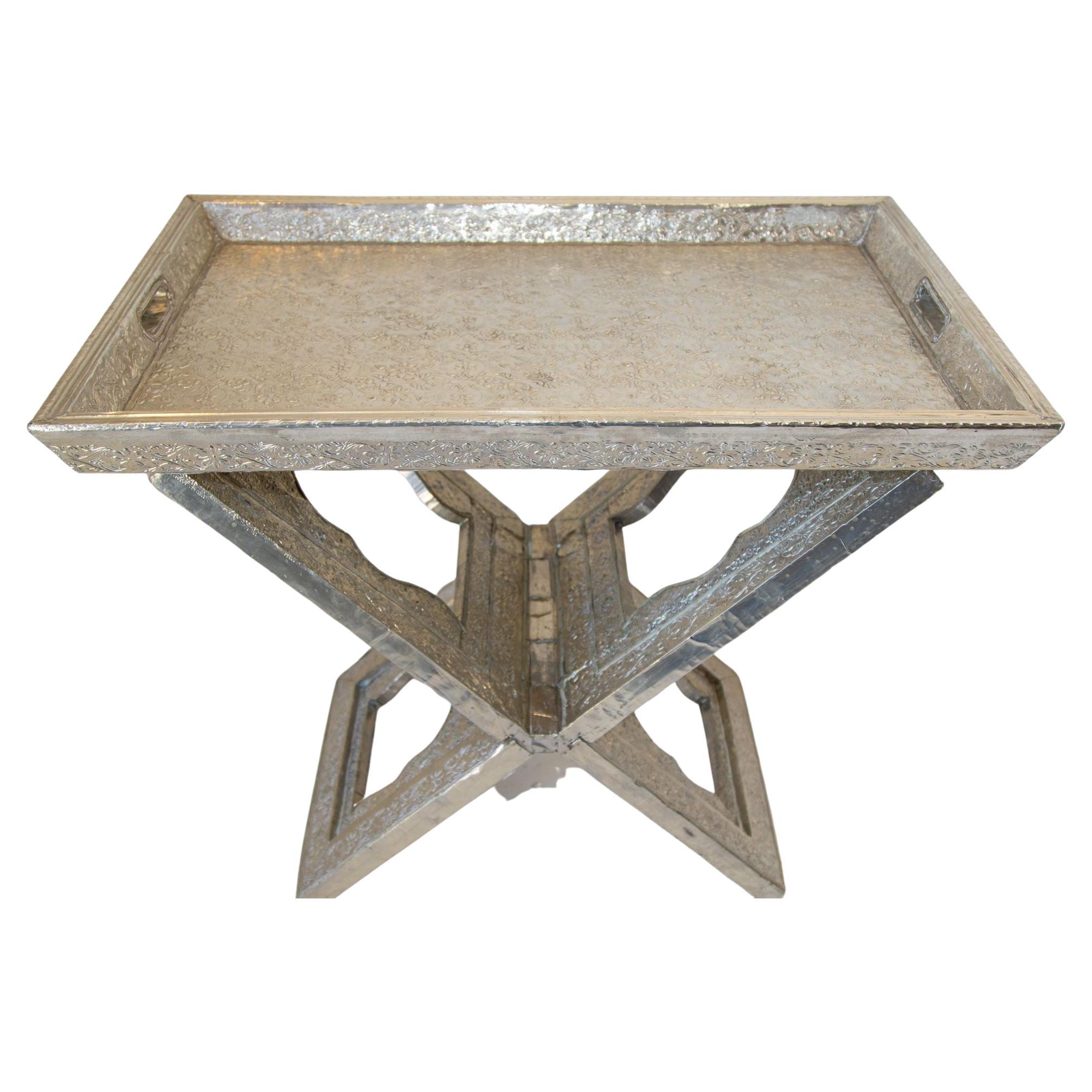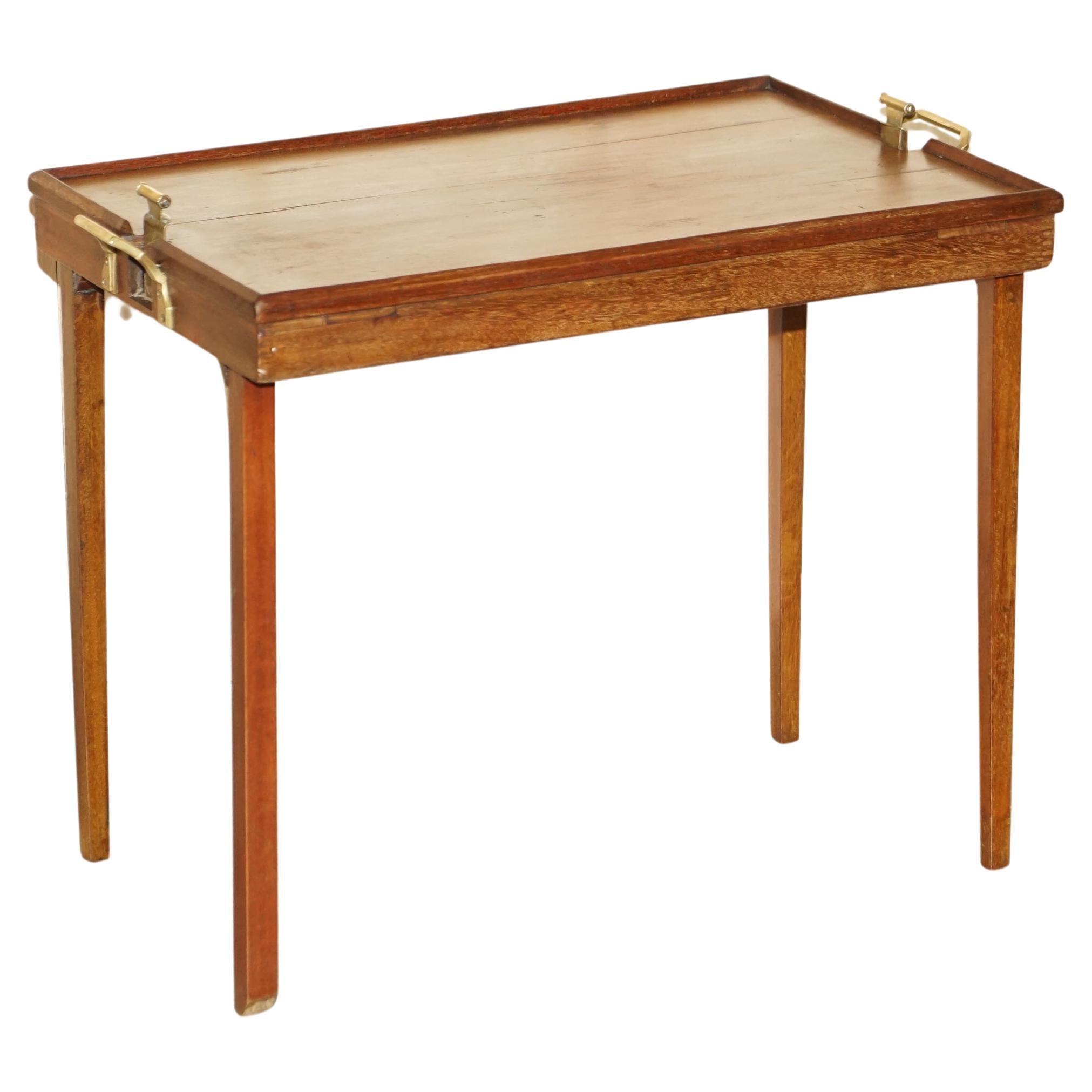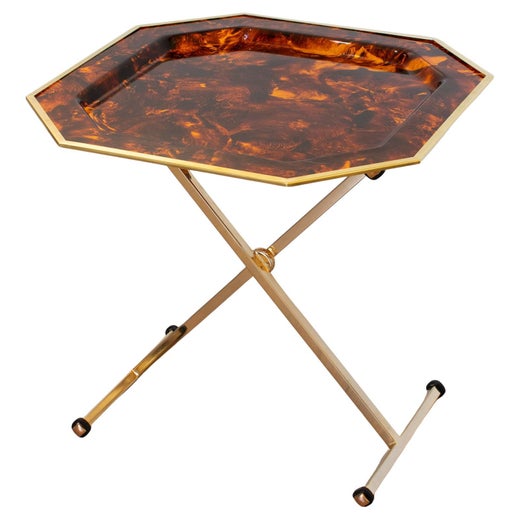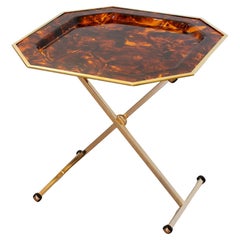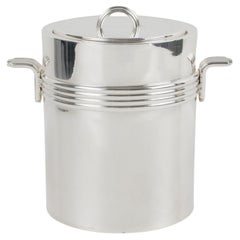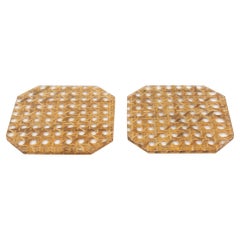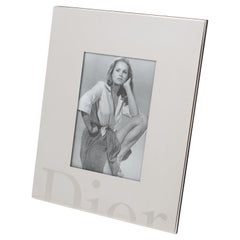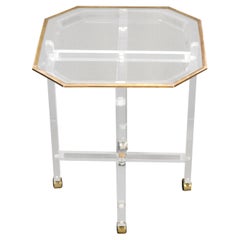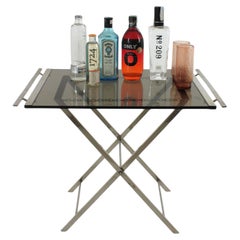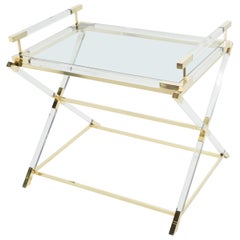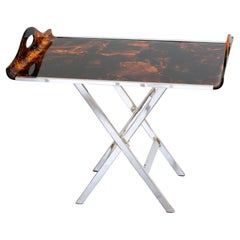
Christian Dior Home Lucite Plexiglass and Silver Plate Folding Tray Side Table
View Similar Items
Christian Dior Home Lucite Plexiglass and Silver Plate Folding Tray Side Table
About the Item
- Creator:
- Dimensions:Height: 24.02 in (61.02 cm)Width: 28.54 in (72.5 cm)Depth: 19.5 in (49.53 cm)
- Style:Mid-Century Modern (Of the Period)
- Materials and Techniques:
- Place of Origin:
- Period:
- Date of Manufacture:circa 1960
- Condition:
- Seller Location:Atlanta, GA
- Reference Number:Seller: 3V041CEAGAE1stDibs: LU1632240026562
Christian Dior
When Christian Dior launched his couture house, in 1946, he wanted nothing less than to make “an elegant woman more beautiful and a beautiful woman more elegant.” He succeeded, and in doing so the visionary designer altered the landscape of 20th century fashion. Vintage Dior bags, shoes, evening dresses, shirts and other garments and accessories are known today for their feminine and sophisticated sensibility.
Dior was born in Granville, on the Normandy coast, in 1905. His prosperous haute bourgeois parents wanted him to become a diplomat despite his interest in art and architecture. However, they agreed to bankroll an art gallery, which Dior opened in 1928 in Paris with a friend.
This was the start of Dior’s rise in the city’s creative milieu, where he befriended Pablo Picasso and Jean Cocteau. After seven years as an art dealer, Dior retrained as a fashion illustrator, eventually landing a job as a fashion designer for Robert Piguet, and in 1941, following a year of military service, he joined the house of Lucien Lelong. Just five years later, with the backing of industrialist Marcel Boussac, the ascendant Dior established his own fashion house, at 30 avenue Montaigne in Paris.
Just two years after the end of World War II, the fashion crowd and the moribund haute couture industry were yearning, comme tout Paris, for security and prosperity, desperate to discard the drab, sexless, utilitarian garb imposed by wartime deprivation. They needed to dream anew.
And Dior delivered: He designed a collection for a bright, optimistic future. “It’s quite a revolution, dear Christian!” exclaimed Carmel Snow, the prescient American editor-in-chief of Harper’s Bazaar, famously proclaiming, “Your dresses have such a new look.” The press ran with the description, christening Dior’s debut Spring/Summer haute couture collection the New Look. “God help those who bought before they saw Dior,” said Snow. “This changes everything.”
Dior’s collection definitively declared that opulence, luxury and femininity were in. His skirts could have 40-meter-circumference hems, and outfits could weigh up to 60 pounds. They were cut and shaped like architecture, on strong foundations that molded women and “freed them from nature,” Dior said. Rather than rationing, his ladies wanted reams of fabric and 19-inch waists enforced by wire corsets, and the fashion world concurred. The debut got a standing ovation.
In the subsequent decade, Paris ruled as the undisputed fashion capital of the world, and Christian Dior reigned as its king. With the luxuriously full skirts of his New Look, suits and his drop-dead gorgeous couture dresses and ball gowns worthy of any princess, Dior gave women the gift of glamour they’d lost in the miserable years of war.
On 1stDibs, find an exquisite range of vintage Christian Dior clothing, jewelry, handbags and other items.
Mercier Freres
Furniture and decor created in the Louis XV and Louis XVI styles may have been Maison Mercier Frères’s specialty, but the leading 19th-century firm also earned the patronage of European courts and of Eastern royalty for its elegant custom furniture. In subsequent decades, the Maison also explored the Art Nouveau and Art Deco styles, retaining its wealthy clientele and gaining loyalty among newcomers to the historic manufacturer.
Providing the Spanish crown, the Persian royal family and much of Europe’s royalty with the highest quality furniture was a main source of revenue for Maison Mercier Frères throughout the 19th century. Founded by Claude Mercier, Maison Mercier Frères participated in major French exhibitions, including the 1844 and 1849 Exposition des produits de l’industrie française and the Universal Expositions in 1867 and 1900.
While it primarily operated out of a manufacturing location on rue Saint-Antoine in Paris, Maison Mercier Frères also established a joint factory in Lyon in 1913 called Mercier & Chaleyssin. A later branch opened in Buenos Aires, Argentina, in 1914, with another on 59th Street in New York City in 1927. Despite its popularity, a well-placed store on the Champs-Élysées and worldwide branches, the company closed in 1985, leaving behind a treasure trove of expertly made vintage and antique furniture.
On 1stDibs, find a collection of Maison Mercier Frères tables, case pieces, decorative objects and more.
More From This Seller
View AllVintage 1960s French Mid-Century Modern Tray Tables
Metal, Brass
Vintage 1970s French Mid-Century Modern Barware
Metal, Silver Plate
Vintage 1970s French Modern Barware
Wicker, Cane, Rattan, Resin, Acrylic, Lucite
1990s French Modern Picture Frames
Metal, Silver Plate
Vintage 1980s French Modern Decorative Bowls
Fabric, Acrylic, Lucite, Plexiglass
1990s French Modern Picture Frames
Metal, Silver Plate
You May Also Like
Vintage 1980s French Mid-Century Modern Carts and Bar Carts
Brass
20th Century French Mid-Century Modern Tray Tables
Steel, Chrome, Metal
Mid-20th Century Italian Mid-Century Modern Carts and Bar Carts
Metal, Aluminum
Vintage 1970s French Mid-Century Modern Serving Tables
Brass
Antique Late 19th Century Moroccan Moorish Tray Tables
Brass
Antique 19th Century French Tray Tables
Silver Plate
Recently Viewed
View AllRead More
Too Soon for the Return of ’90s Fashion? As If
There's a renewed appreciation for the era's aesthetic, perhaps most notably among millennials seeking authentic, easy style.
14 Iconic Luxury Handbags and the Stories behind Them
When the name of a bag is as well-known as its brand, you know it's a classic.
